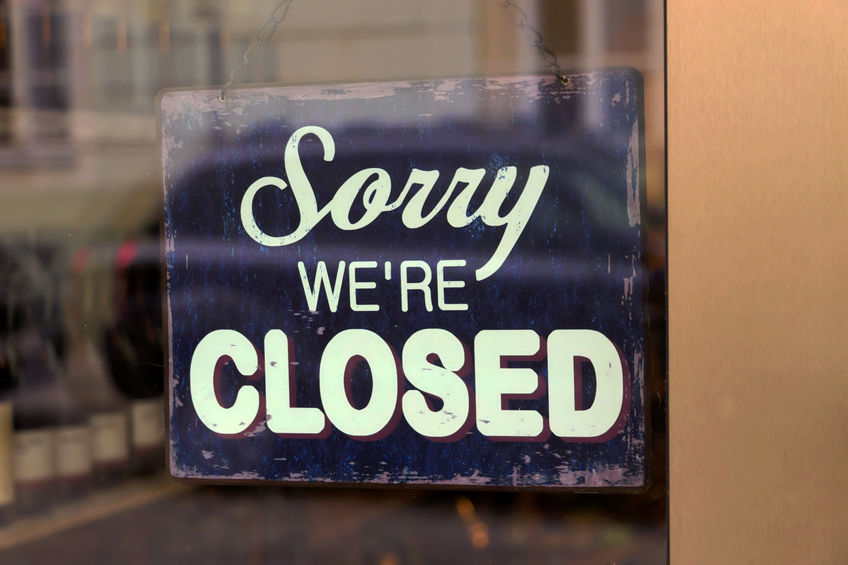
Many business owners are still often forced to close the doors of their retail or commercial premises and/or are facing considerable losses in turnover as a consequence of the coronavirus. Affected business owners who rent their commercial premises can obtain compensation for some of their rent payments via the TVL scheme (reimbursement fixed costs), but this compensation is often not enough to prevent liquidity problems. As landlord, if you have a tenant who is affected by the coronavirus crisis, or you are an affected tenant, make sure you are aware of the latest rent discount developments.
What has been agreed?
To start, it is important to know what the landlord and tenant have agreed together. The agreements are usually recorded in writing in a lease agreement, often supplemented with accompanying general provisions. Unfortunately, most lease agreements do not offer a clear rent discount arrangement following a reduction in income as a result of the coronavirus crisis. A tenant can therefore almost never unilaterally enforce a deferral of rent payments, or a rent reduction.
If there are no good and supportive agreements in the lease agreement, the advice to the tenant is to discuss the option of a temporary rent reduction with the landlord. It is important to be open and transparent during this discussion. Do not withhold any information and inform the landlord about all information that has been provided to the Netherlands Enterprise Agency (RVO) with respect to the TVL applications. In short, as tenant you should lay all your cards on the table. And vice versa. As landlord, you can expect this transparency from your tenant
Rent discount and coronavirus: Supreme Court ruling
Another reason for the tenant and landlord to make efforts to reach a solution together is the Supreme Court ruling announced just prior to the 2021 Christmas holidays. This ruling states that:
A tenant of commercial premises whose turnover depends on the attendance of the public and who cannot exploit this space, or can only do so to a limited extent due to government measures in connection with the coronavirus pandemic, can claim a reduction in the agreed rent. In the opinion of the Supreme Court, the coronavirus measures are so far-reaching that the landlord cannot reasonably expect the tenant to continue paying the full rent.
The Supreme Court states explicitly that this applies to lease agreements started prior to 15 March 2020. For agreements signed after this date, an assessment will be made per case as to whether there are unforeseen circumstances and whether a rent reduction is justified. This ruling provides a good guideline for both tenant and landlord in assessing the right to a rent reduction.
The judgement on 24 December 2021 relates to the so-called 290 commercial space, intended for retail and catering. In line with previous court decisions, it is expected that tenants of premises other than retail and catering premises, such as a gym, will also be able to claim a rent reduction as a result of the coronavirus measures.
Rent discount: what percentage?
The Supreme Court uses the following calculation formula to calculate the percentage by which the agreed rent may be reduced:
(agreed rent – TVL support designated for rent payments) x percentage of turnover decrease x 50%.
In the ruling the Supreme Court uses an example to explain this calculation. Clear and practical! The details of the calculation can be found in paragraph 3.3.4 via this link (in Dutch).
Need help? Our specialists are happy to assist!
If you would like more information or if you have questions about rent discount as a consequence of the coronavirus, please feel free to contact Bol Adviseurs specialists: Renate Baken, Bas Jeckmans or Joyce de Graaff. They’ll be delighted to help!
|
|
Renate Baken |
|
Bas Jeckmans |
|
|
Joyce de Graaff |




.png)









